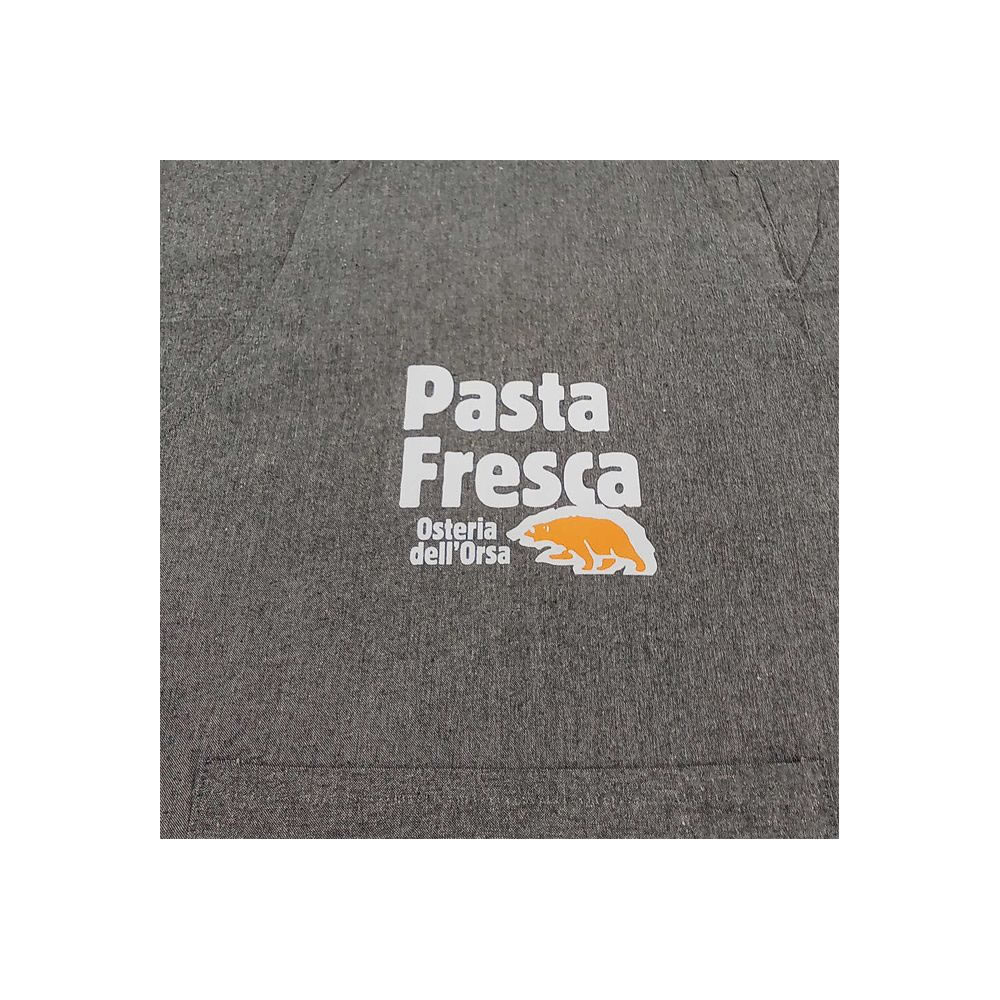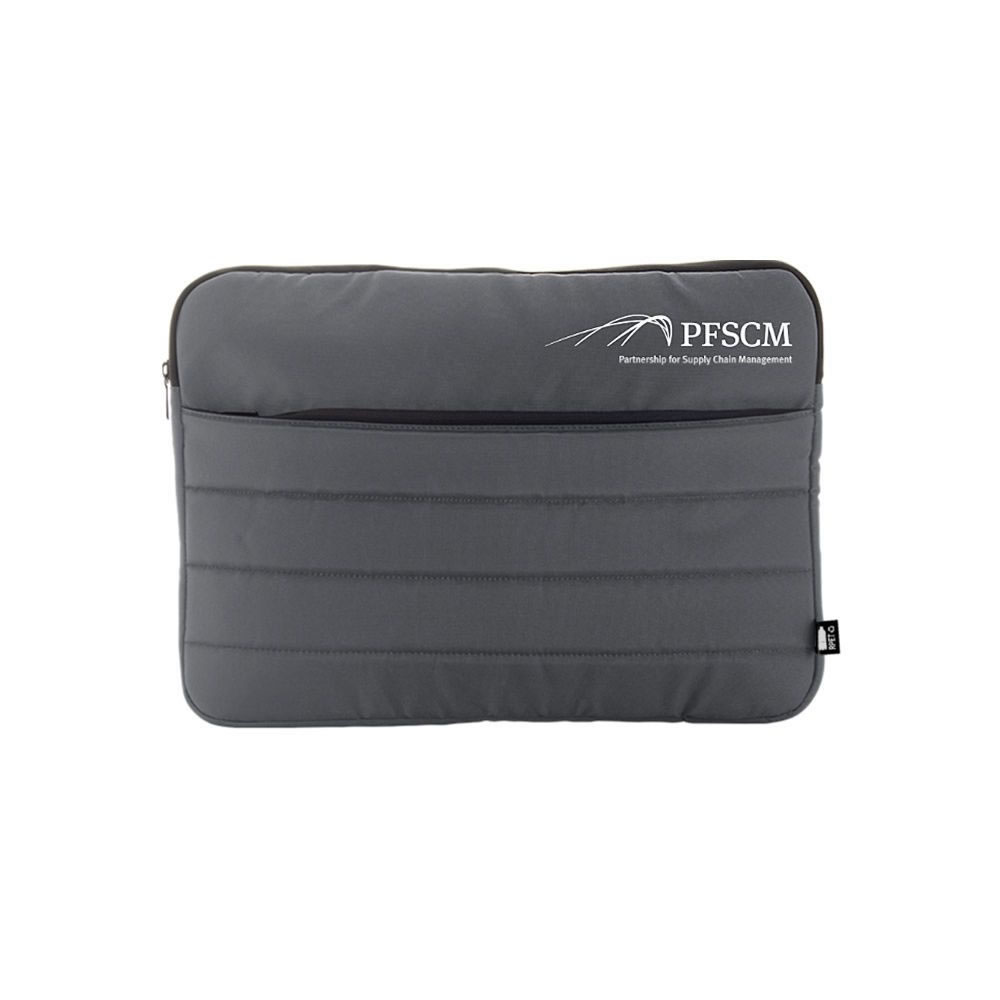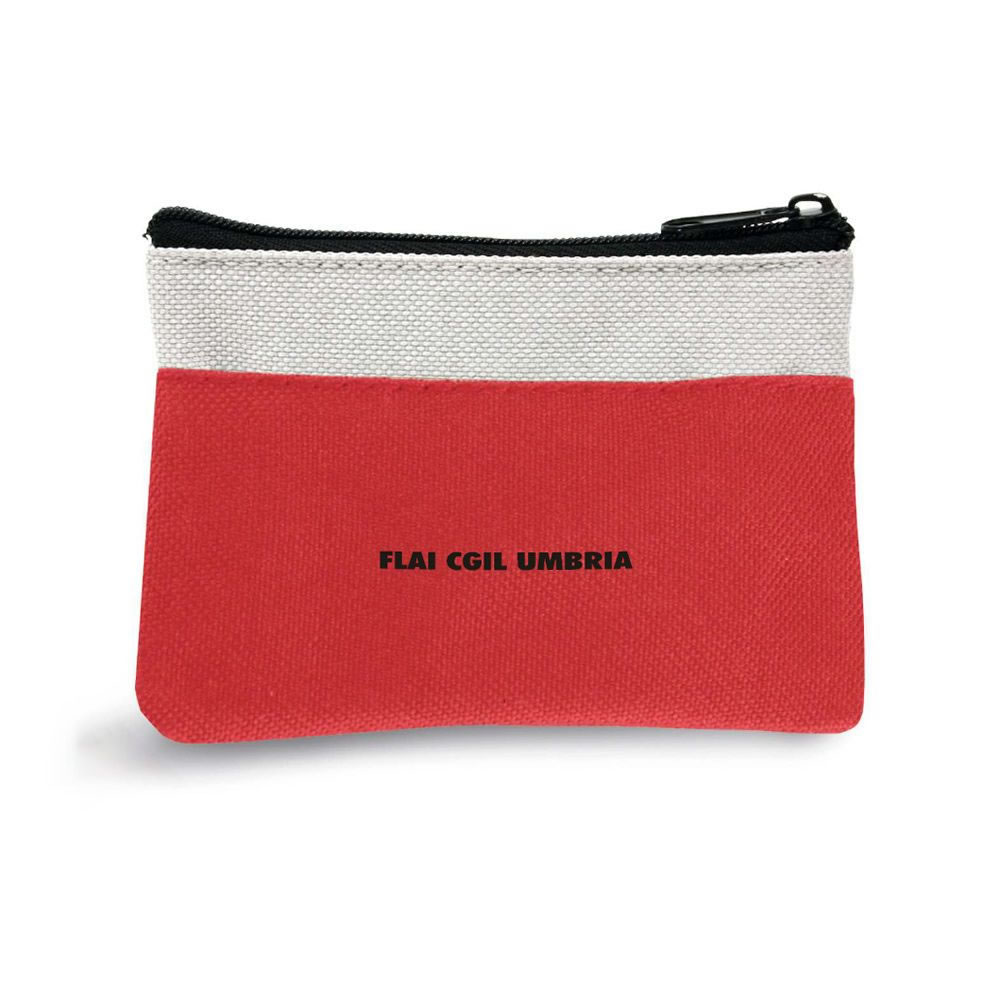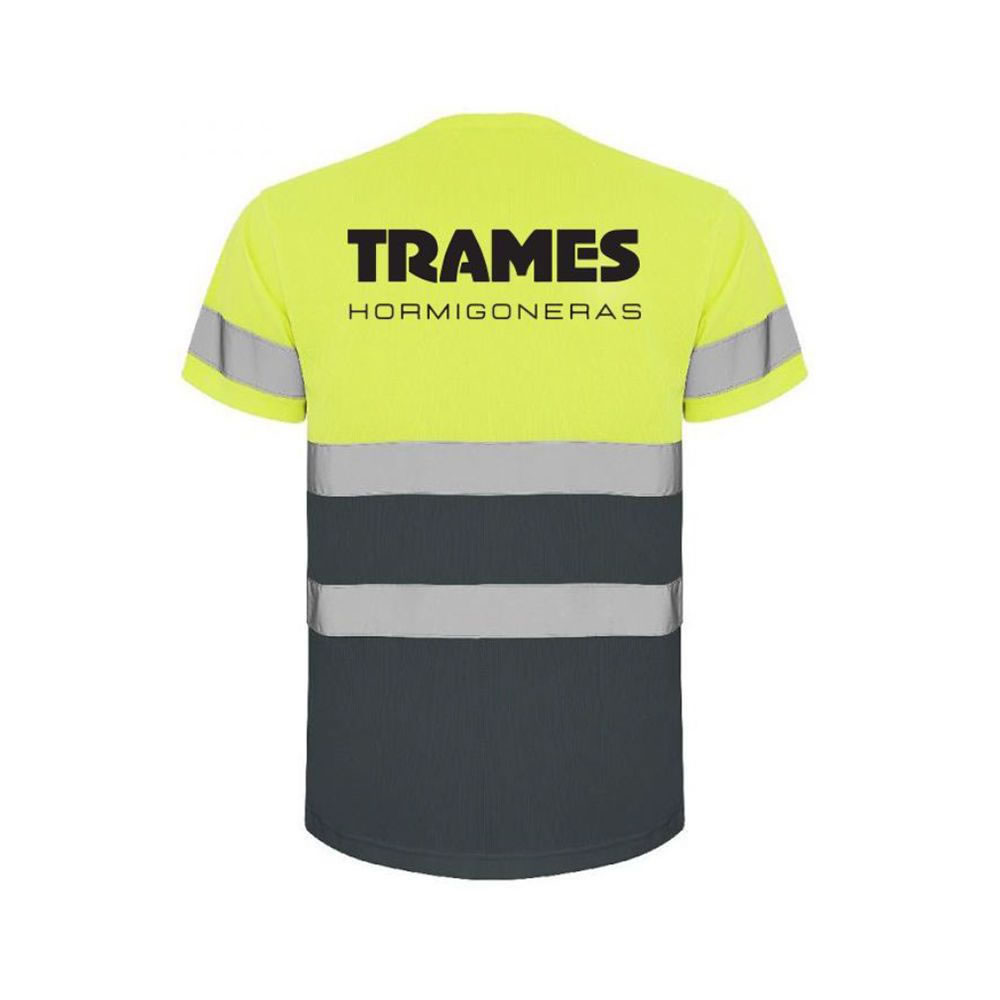Transfer Printing
Screen transfer is a printing technique used in particular on fabrics.
How does it work?
The logo in vector format is first printed on a special transfer paper with silkscreen inks. At this point the sheet with the printed image is placed on the surface of the object to be customized, and both are inserted into the heat press. Here, pressure and high temperatures will cause the image to transfer to the surface of the object to be customized. Finally, the transfer paper is removed.
Some examples of application on promotional items
The transfer can be applied to fabric products, such as clothing, bags, shoppers, backpacks, umbrellas, aprons and much more.
Pros and Cons of Transfer Printing
Pros
- High quality printing, sharp and bright color rendering;
- It is suitable for flat surface products and also for large items;
- Large print area, if the object allows it;
- Even very detailed graphics can be reproduced;
- High coverage;
- The print is resistant to washing, wear and tear and atmospheric agents.
Cons
- Not very versatile. Screen printing transfer is mainly applicable on fabrics;
- Reproduces up to a maximum of 8 flat colors, i.e. without shades;
- Prints are stiff and can make the fabric stiff and less comfortable;
- Ironing the prints will ruin the image.





